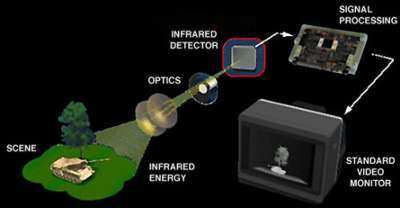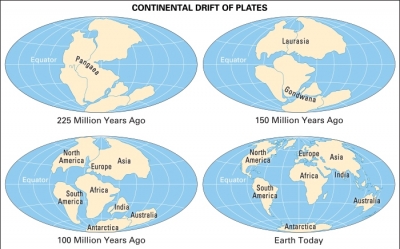
The exquisite workmanship of the traditional mechanical wristwatch has given way to the magic of the microchip. In the quartz watch, a vibrating crystal has taken over the role of timekeeper from the traditional finely tuned balance wheel ad hairspring. Minute electronic circuits control its operations.
A quartz crystal vibrates at an unvarying rate when an electric current is passed through it. The man-made quartz crystals used in watches are usually designed to vibrate 32,768 times a second when stimulated by the current from a battery. These vibrations produce electric pulses, and as the pulses travel through the electronic circuits of the microchip, their rate is successively halved in a series of 15 steps. The result is one pulse per second. Each one-second pulse triggers the chip to send signals to the digital display to advance the numerals one second.
The chip also uses the pulse as a base for other counting circuits, such as those that display hour and date, and to control the alarm signal.
Many modern quartz watches display the time in digits on a liquid crystal display (LCD). The liquid crystals are sandwiched between a reflective bottom layer and a top layer of polarised glass, and transparent electrical conductors separate them into segments. Each digit is formed from segments – up to seven are normally used, all seven being used for figure 8.
The liquid crystals rearrange their molecules according to their electrical state. Where the conductors carry no charge, light through the sandwich is reflected out again, so the display is blank. When the conductors are charged by an electric pulse, the molecules in the affected segments realign and twist the light away from the reflective surface, so the segments appear dark.
Picture Credit : Google





